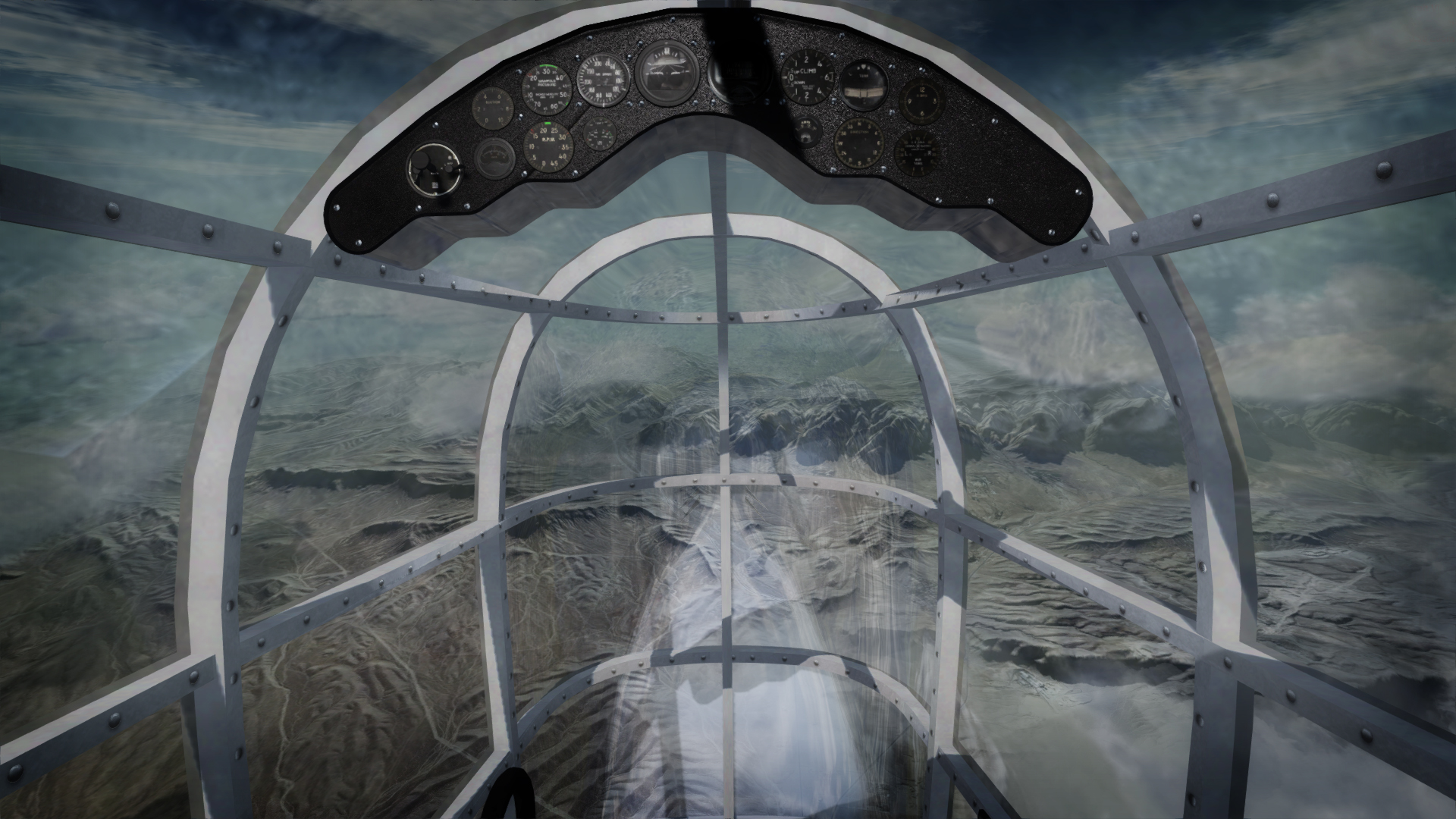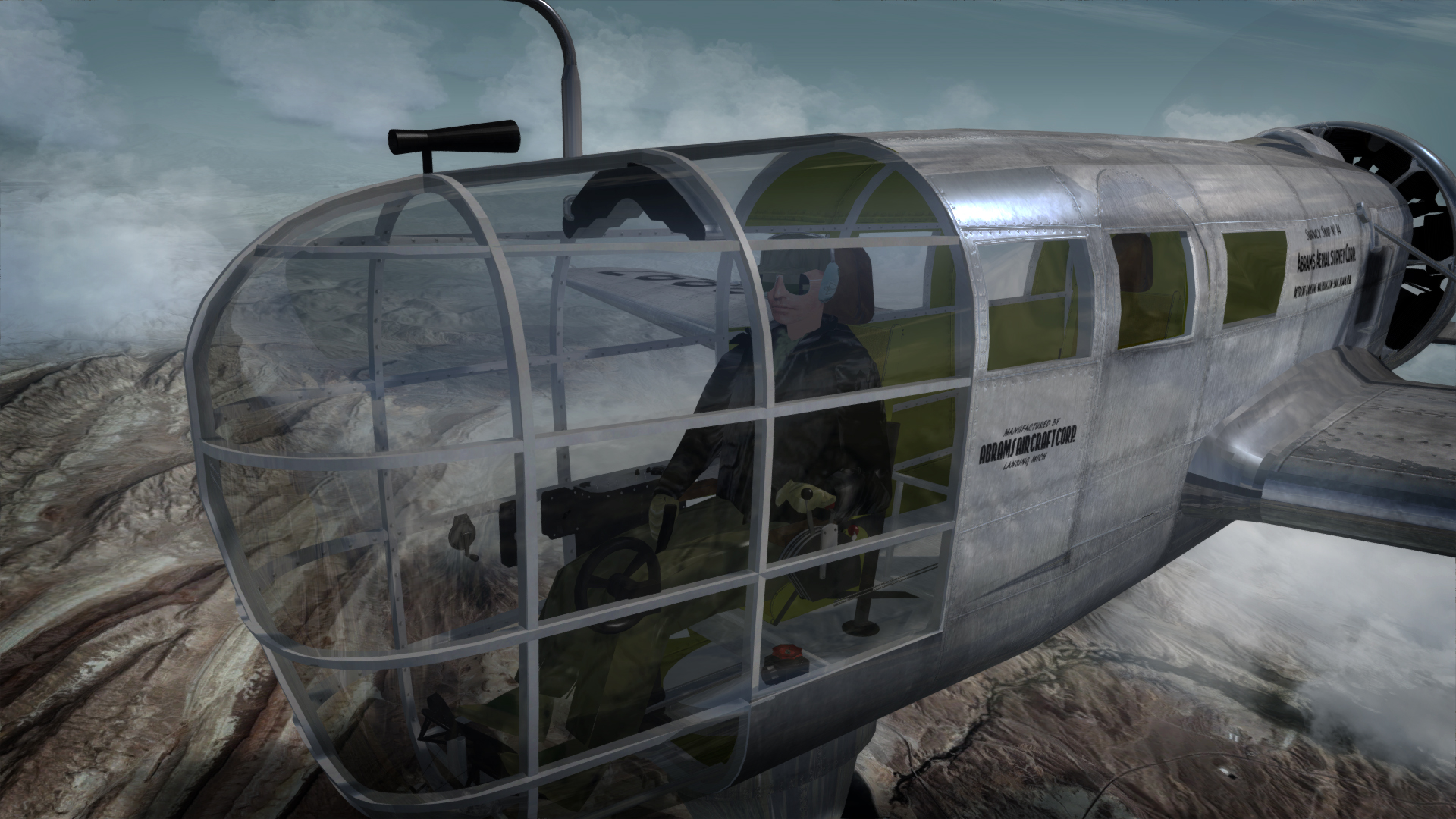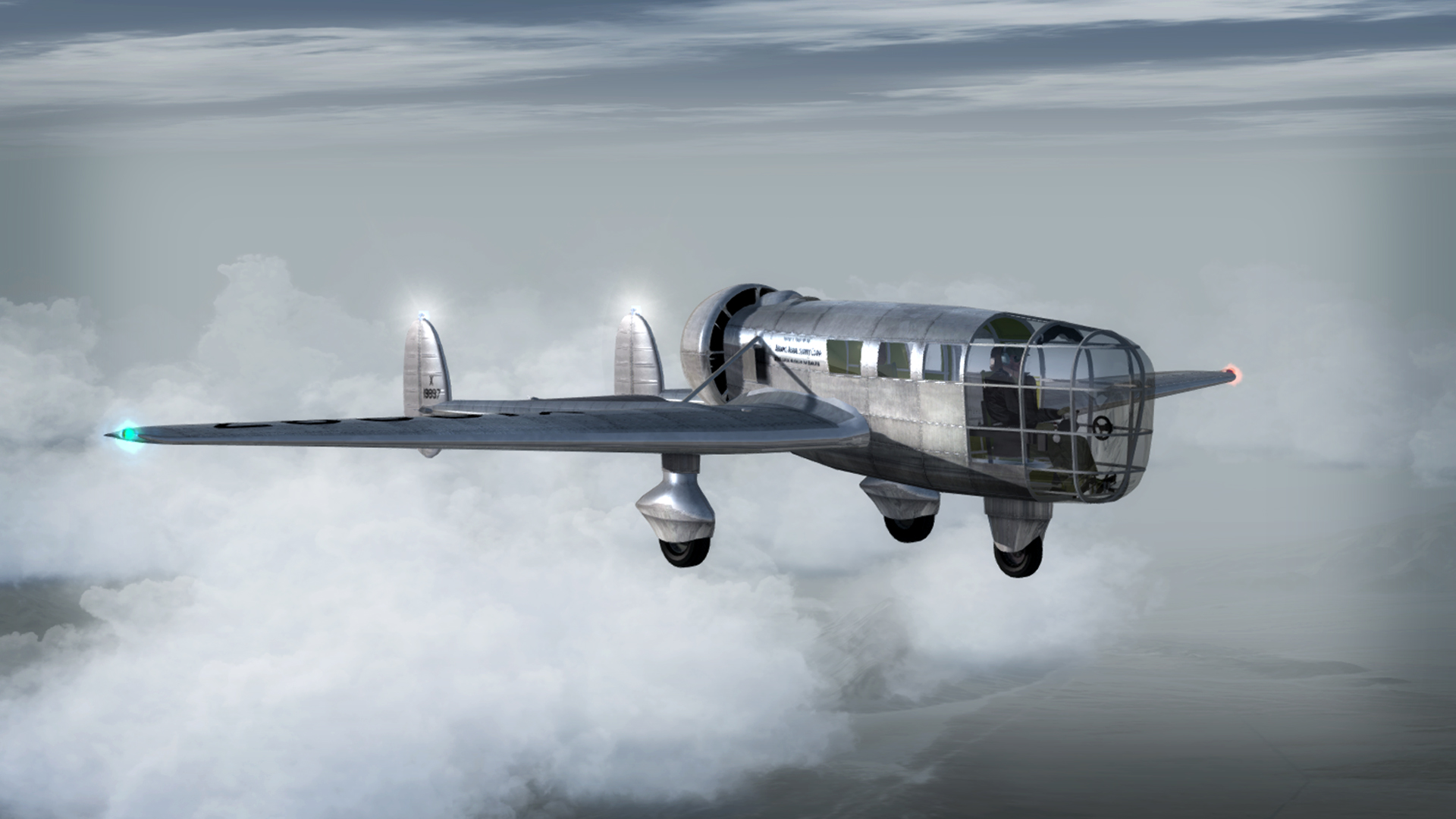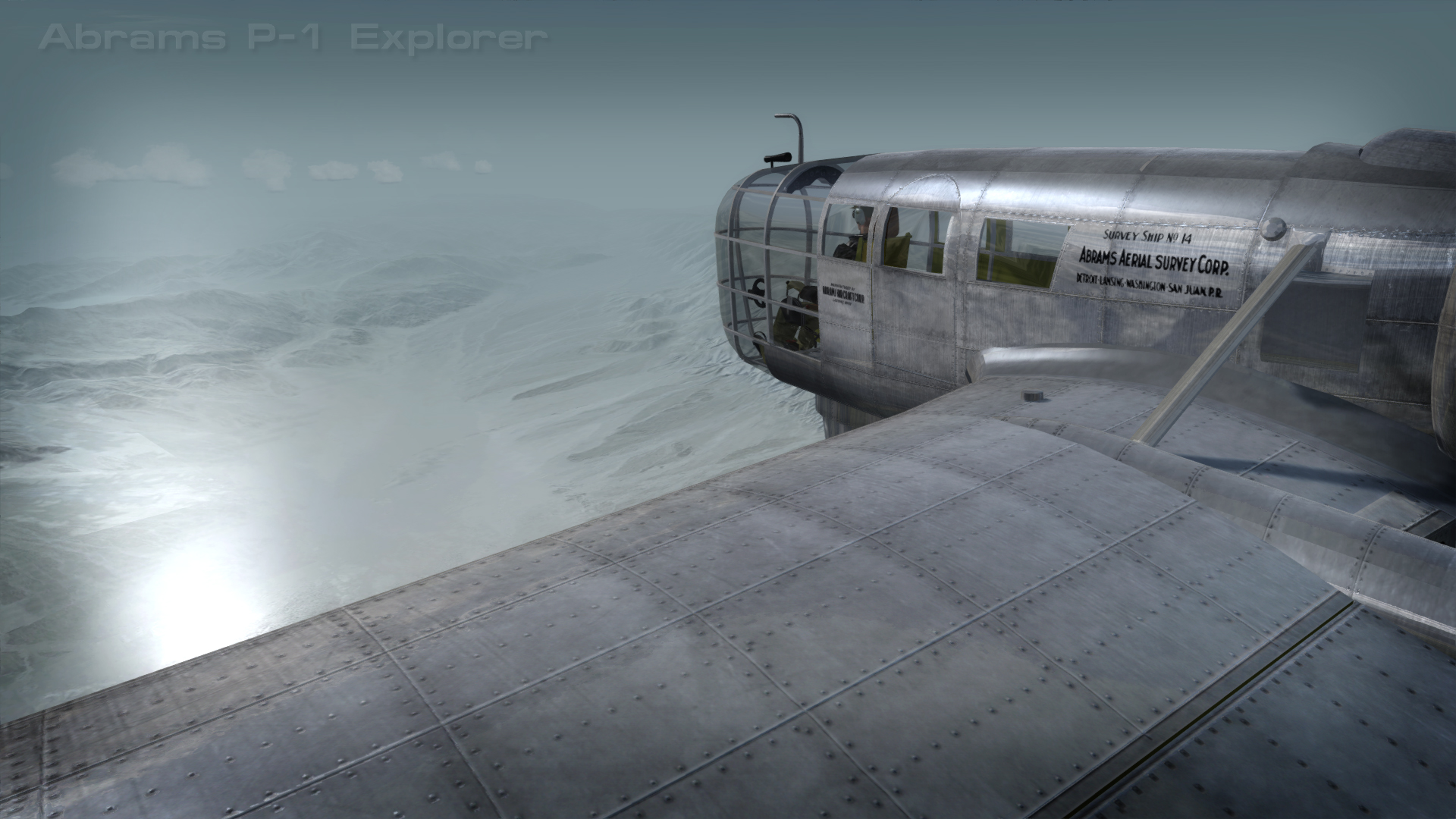-
There seems to be an uptick in Political comments in recent months. Those of us who are long time members of the site know that Political and Religious content has been banned for years. Nothing has changed. Please leave all political and religious comments out of the forums.
If you recently joined the forums you were not presented with this restriction in the terms of service. This was due to a conversion error when we went from vBulletin to Xenforo. We have updated our terms of service to reflect these corrections.
Please note any post refering to a politician will be considered political even if it is intended to be humor. Our experience is these topics have a way of dividing the forums and causing deep resentment among members. It is a poison to the community. We appreciate compliance with the rules.
The Staff of SOH
-
Please see the most recent updates in the "Where did the .com name go?" thread. Posts number 16 and 17.
You should upgrade or use an alternative browser.
Abrams P-1 Explorer WIP
- Thread starter gman5250
- Start date
gman5250
Charter Member
I'll go out on a limb and speculate that if Mr. Shupe and I are shape shifted...he is by far the better looking of the two.

I was a bit rushed this AM when I originally posted so I'll expand a bit now that I've got time.
Like I said, this is my first complete build although I have quite a bit of design experience with scenery, specifically in Prepar3D. I'm also spending quite a bit of design time utilizing Quixel for my scenery models. For this model I'm building the cockpit using a modular approach i.e. the quadrant is a separate model as well as the rudder pedals, overhead panel and controls. Each model will be painted using the real time 3D modeling feature Quixel brings to Photoshop. Being able to paint textures and bump maps in real time and three dimensions is a quantum step forward IMHO.
The basic airplane model is being developed around a grayscale skin that is tailored to the Prepar3D light rendering engine and DX10+ capability. For example, the cockpit Plexiglas interior reflections use the new Dynamic Reflections feature in P3D to render real time reflections inside the "office". This is a bit of a challenge because the DR cameras are still a bit underdeveloped IMHO, but should come into focus nicely very much like P3D cloud and shadow rendering has improved with each build.
The exterior model is designed to throw light as realistically as possible before the textures are applied. The textures shown in the screen caps are designed around this modality with some interesting adaptations of alpha and specular values operating in synch with the light engine. The airplane is very dynamic as you pan around in various light conditions.
The one thing I have come to appreciate about this rare airplane is the absolute brilliance of its designer. The platform was intended to provide an unobstructed view for the pilot and cameras, but most will notice that many features of this airplane found their way into service in WWII in one form or another. The airplane was a real performer once it was fitted with the Wright R-975E-1 radial and three blade prop. I've modeled both the two blade and three blade variants, but have shown the #12 bird as more of a restoration version as it might have appeared with the lovely 3 blade pusher configuration. The final model will offer both variants.
The real world airplane had an initial climb rate of 1400 FPM and the FM as it stands now produces a climb rate of about 1000 FPM @ 132 knots.
The nicest aspect of the model as it now stands is the pilots view. When you sit in the seat the view down between the pedals and out the sides creates a sense of flying in a fish bowl. The real world pilot must have felt as if he were suspended in mid air by magic. The dynamic reflections and shadows on the interior plexi create a very realistic sense of immersion when flying over an ORBX or photoreal scenery. I'm really enjoying the beta flying.
With the large wing area and stability resulting from placing torque at the airplane's C/G, the plane achieves lift off easily and flys off with very little wander, even in moderate cross wind. The power to weight ratio is very high, so climb out feels effortless as the plane just kind of floats up to working altitude.
All in all, I'm really glad that I stumbled across this absolute gem.
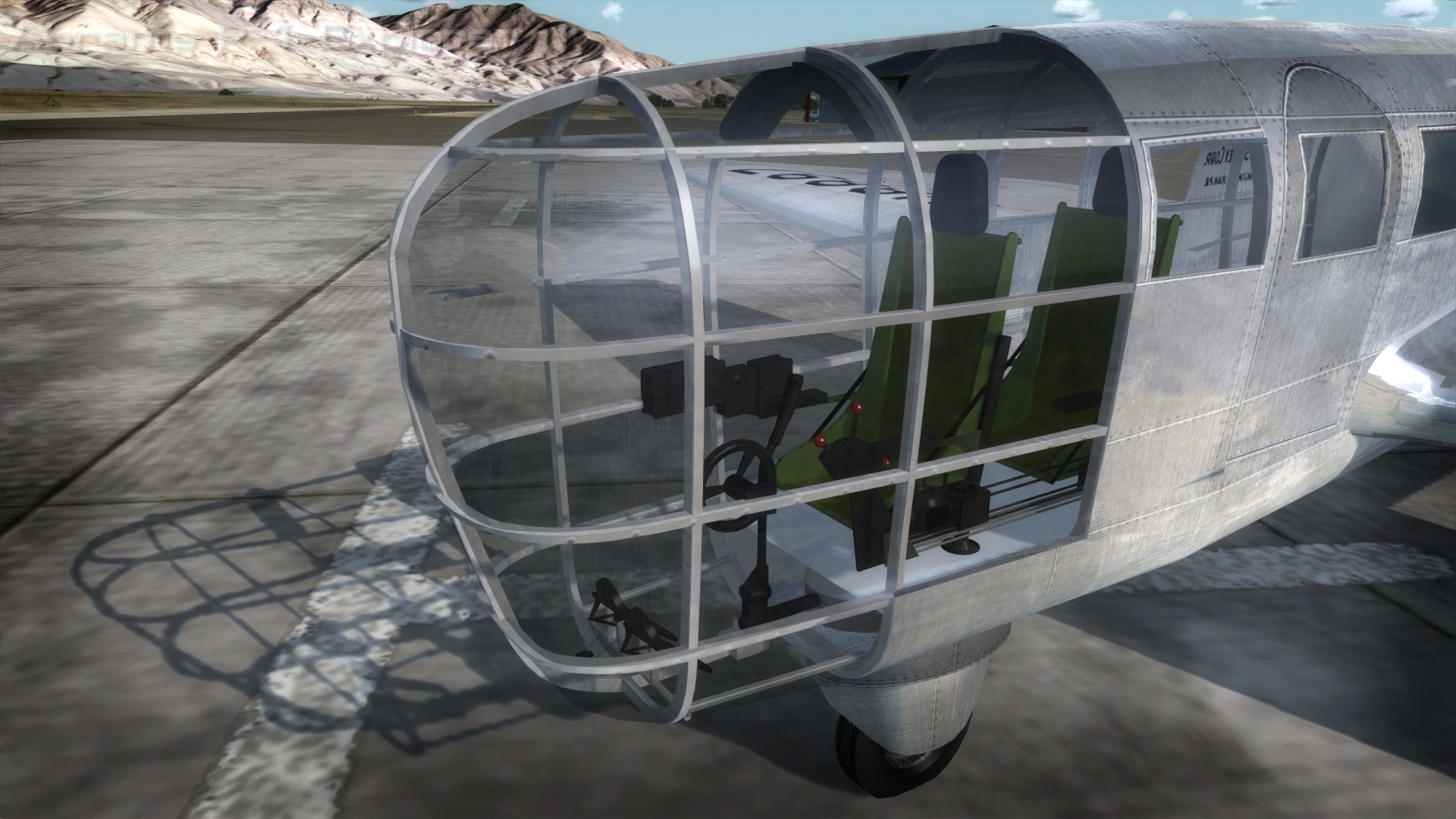
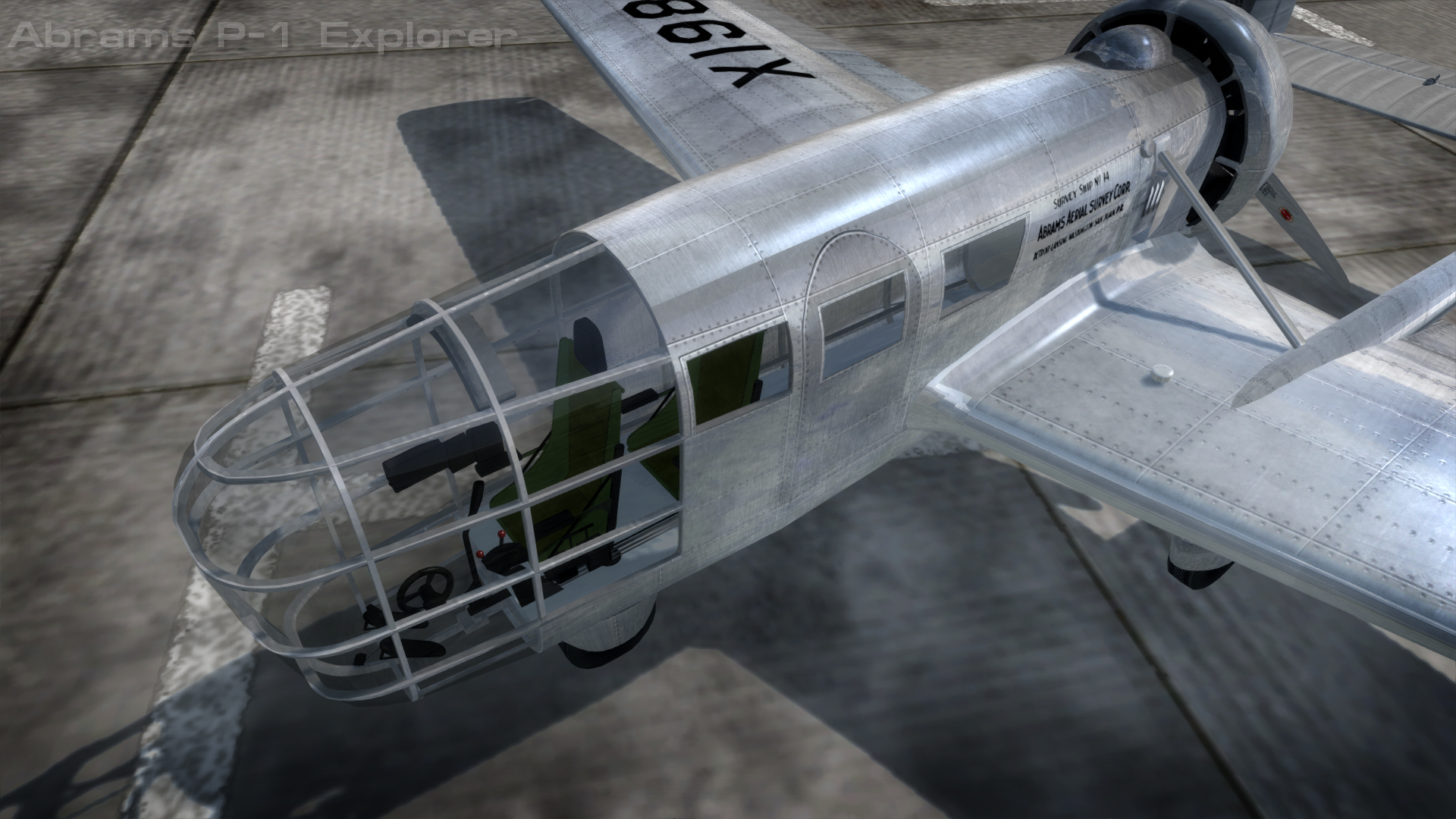
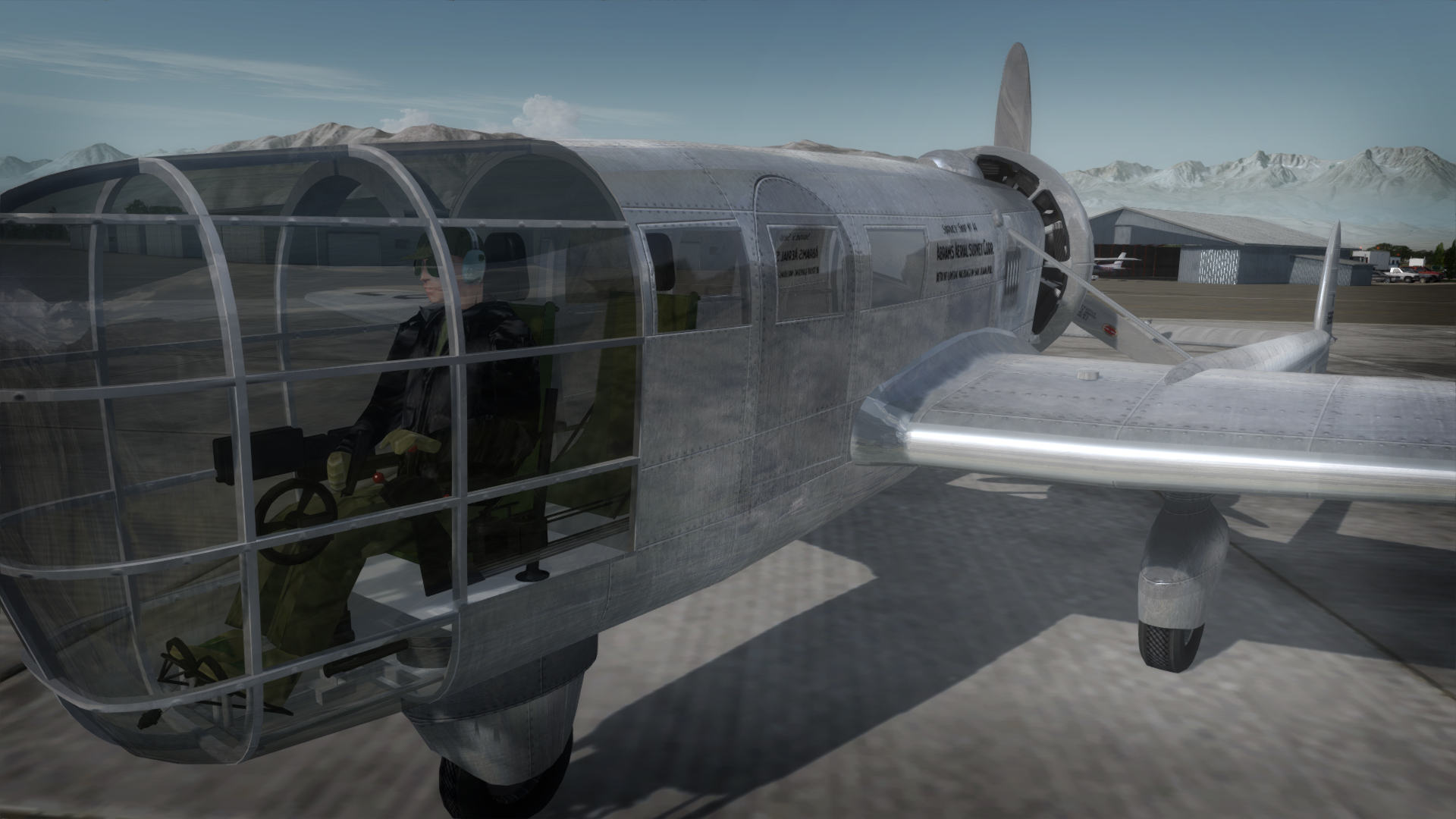
BTW, I've got another plane on the burner as well...by request. I'm still finishing up the animation and it needs a complete VC, but I'll post more on that a bit later.
The front nacelle reminds me a bit of the Sikorsky S-51 helicopter.
Cheers,
Mark
Very nice work on an unusual and unique aircraft!
The front nacelle reminds me a bit of the Sikorsky S-51 helicopter.
Cheers,
Mark
Yes, that thought struck me also.
Clutch Cargo
Members +

gman5250
Charter Member
Lots more detail added as illustrated in the screenshots.
I've got a basic cockpit built, textured and animated...no live gauges yet, but placeholders. The cockpit and airplane textures are ready to take into Quixel for hyper detailing. Lighting is live, shown here with A2A Shockwave enabled. All interior surfaces and fabrics are bump mapped and spec enabled. Flying the airplane in changing light will produce wonderful light on the various metal and paint surfaces. Moving through clouds the panel surfaces become vey light dynamic. With the changes in the new P3D it may necessary for devs to build specific models for this version forward, although the airplane works well in FSX, ST and earlier P3D.
All in all, P3D 3.35 and a DX10+ card give a guy a pretty big stick to open the creative doors. IMHO
The cockpit interior reflections are taking on a very realistic representation in P3D with DR enabled. The fishbowl effect is extremely convincing.
Bottom line:
With multiple 4096x4096 32bit textures, P3D sliders all maxed including Dynamic Reflections, high def PR scenery and heavy density weather...FPS averages around 50 in the air, 35 on the ground. (specs are in my signature).
Thoughts and observations are welcomed.
Prepar3D 3.3.5 | Weather P3D "Building Storms" | REX TD/Soft Clouds | P3D Dynamic Reflections Enabled | KBIH Owens Valley by Gman5250 | KLAS aerial by MSE Terrain
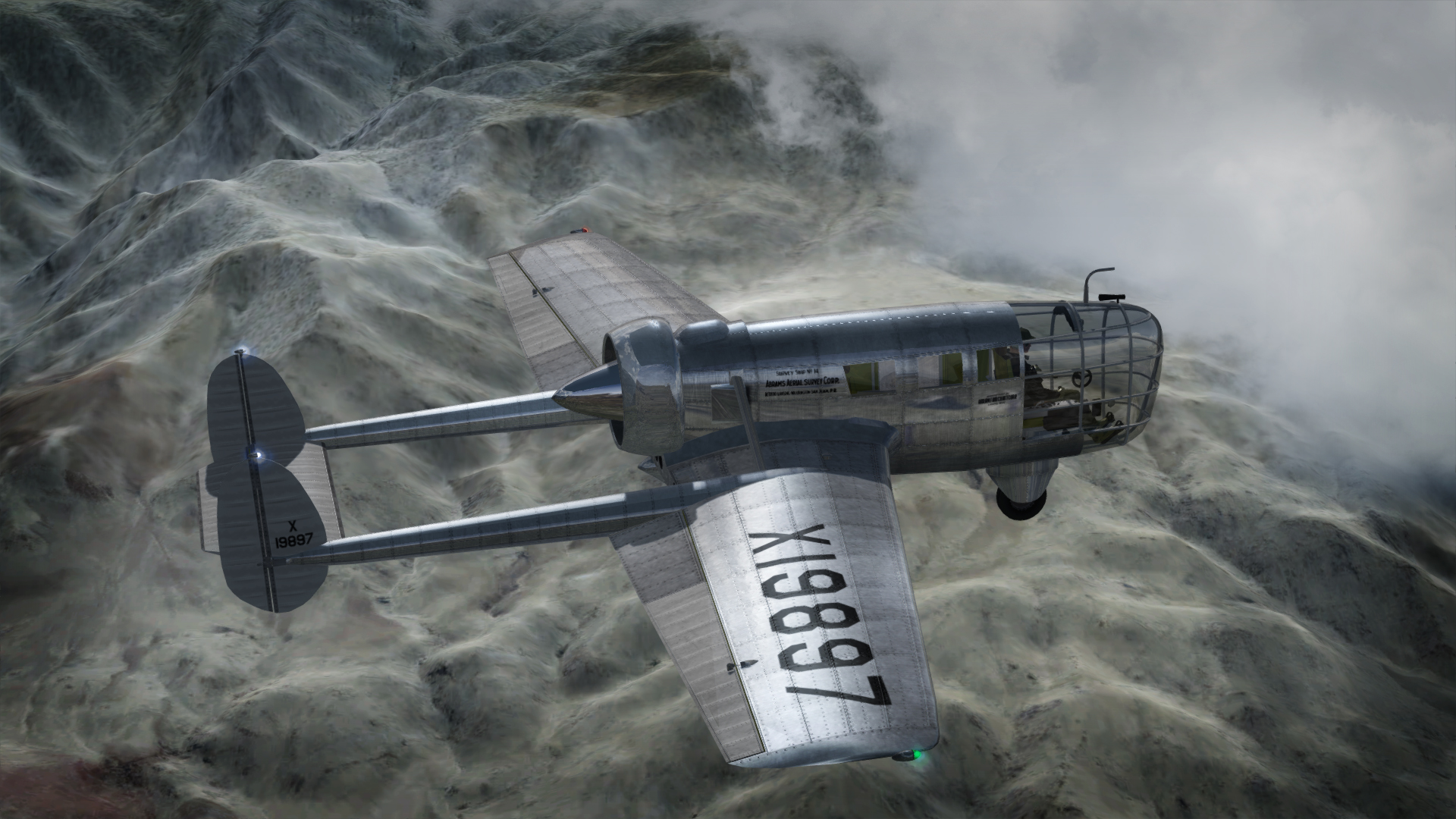
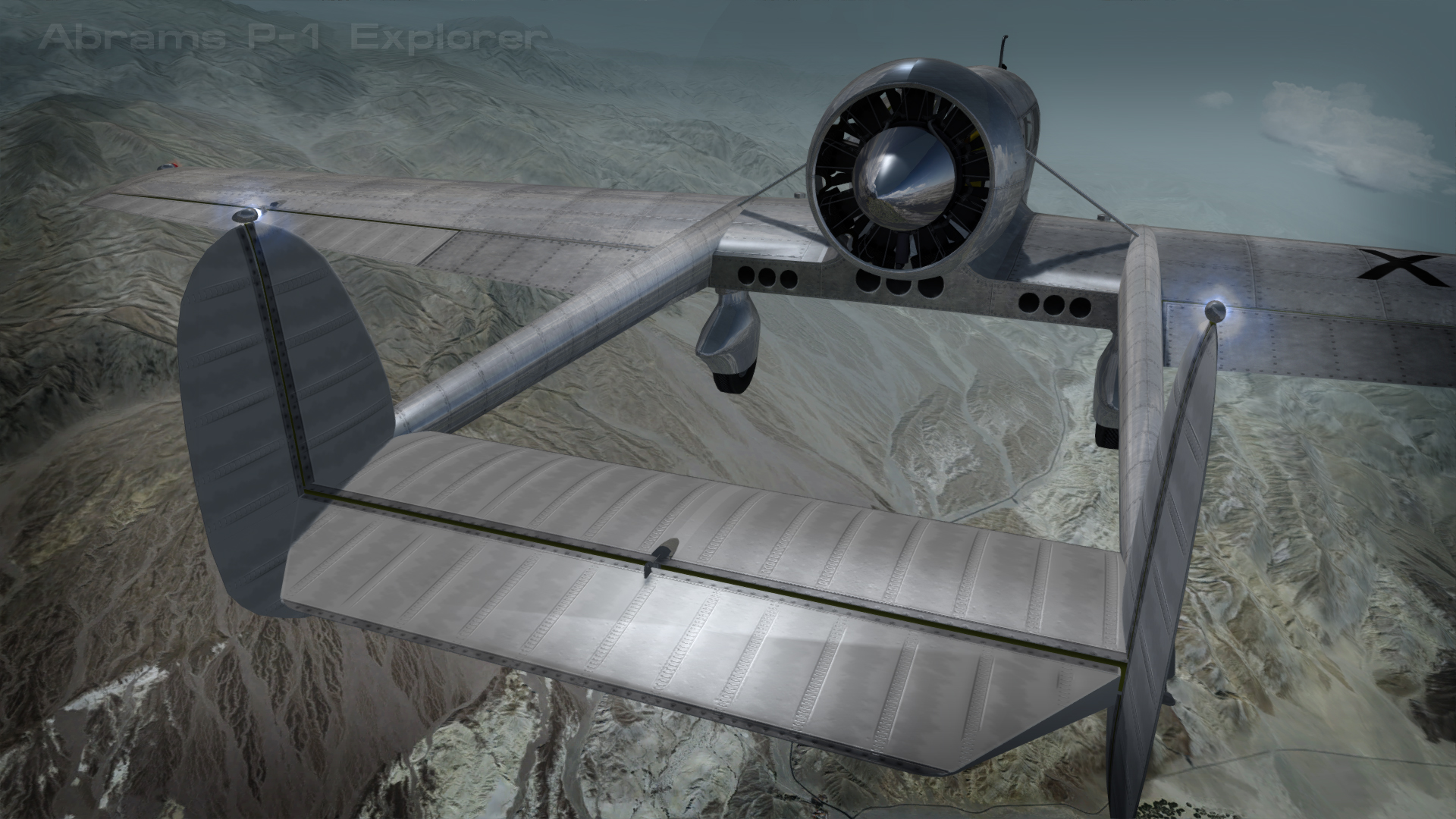
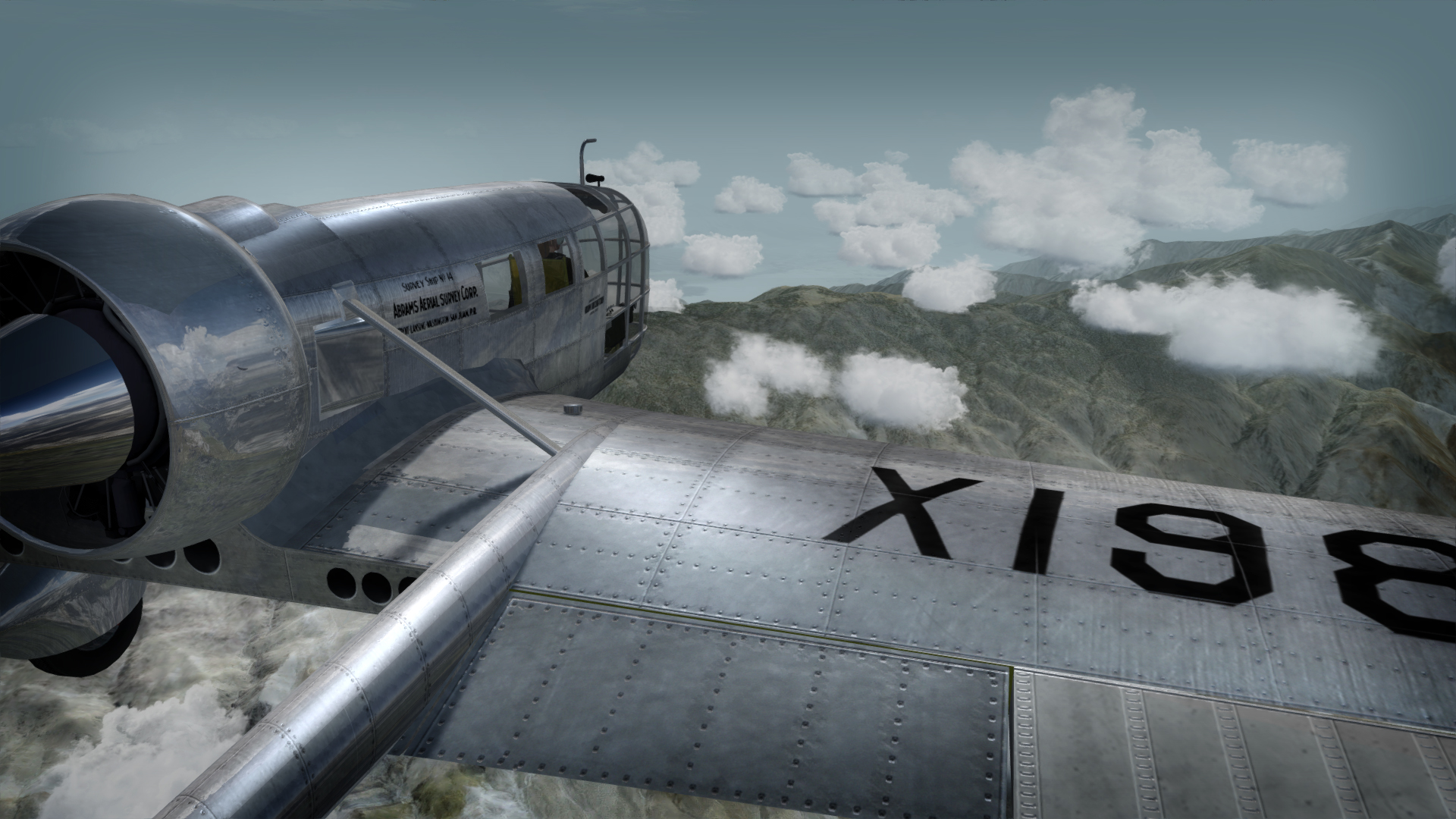
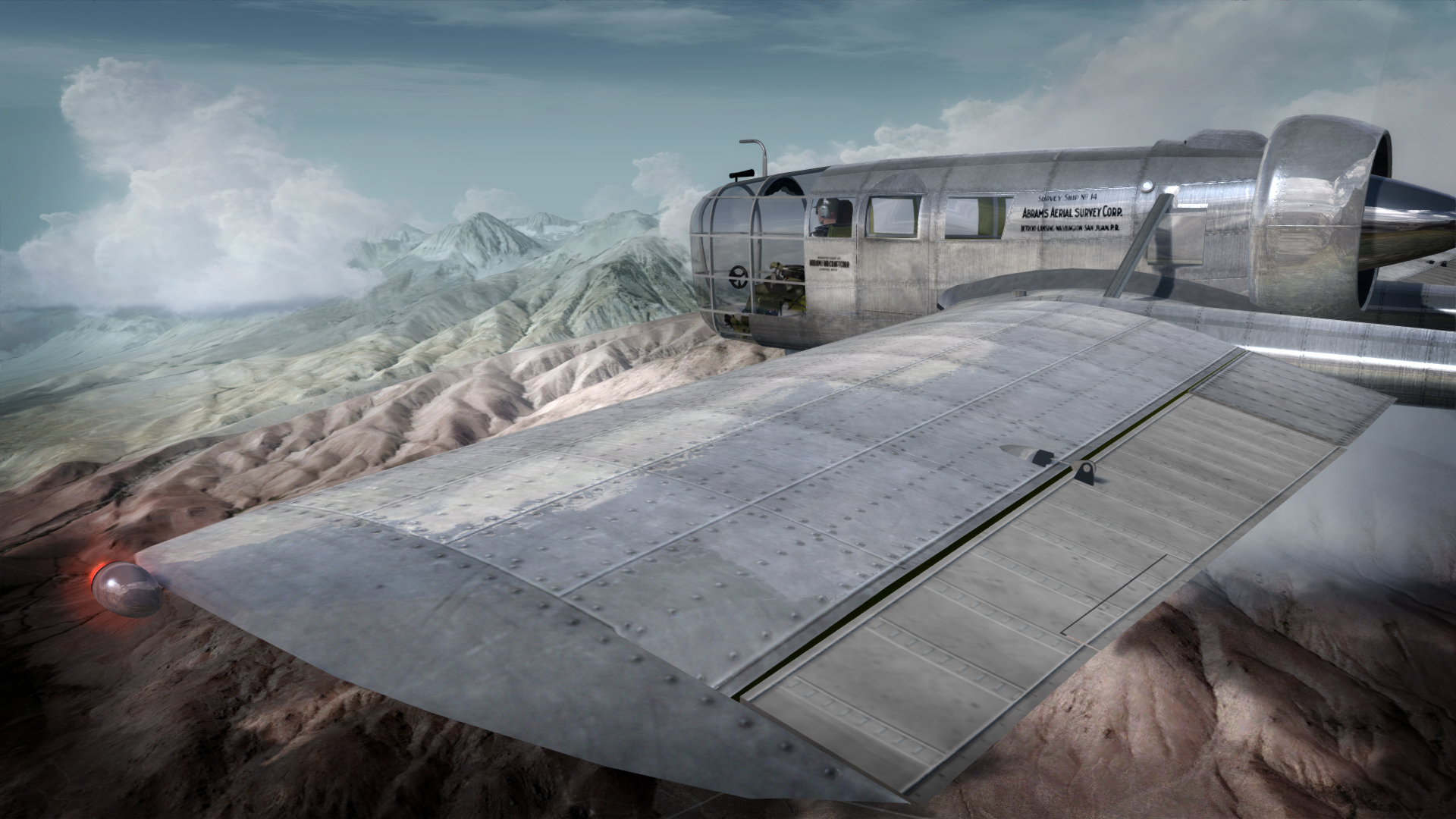

gman5250
Charter Member
Daveroo
Members +




